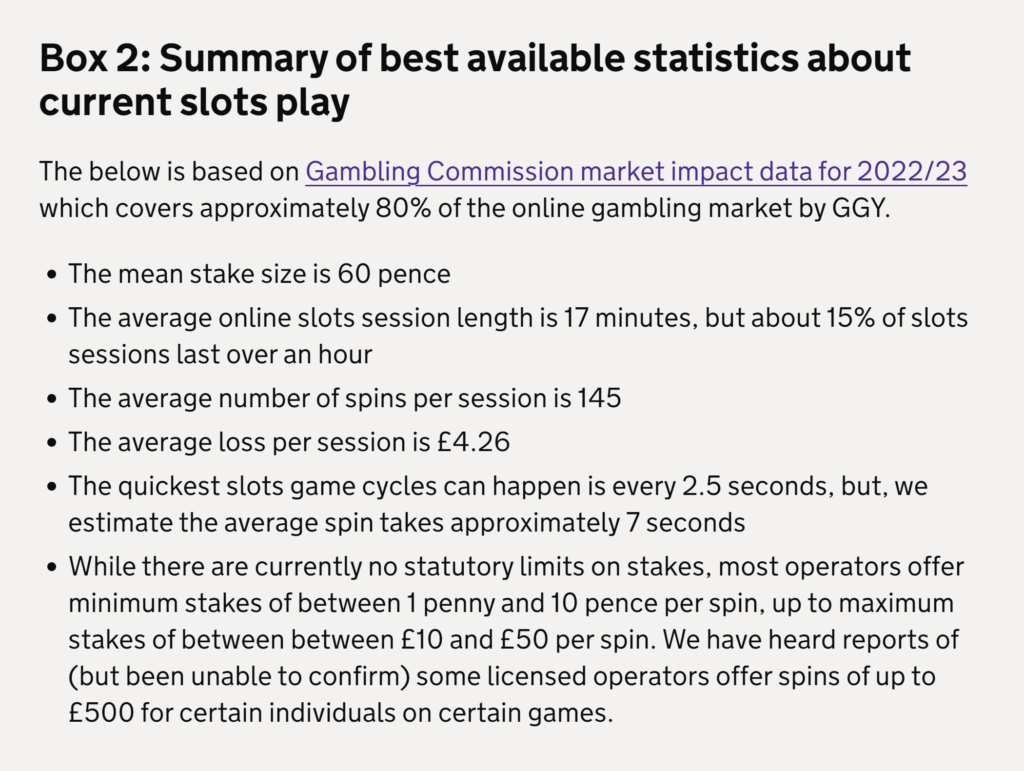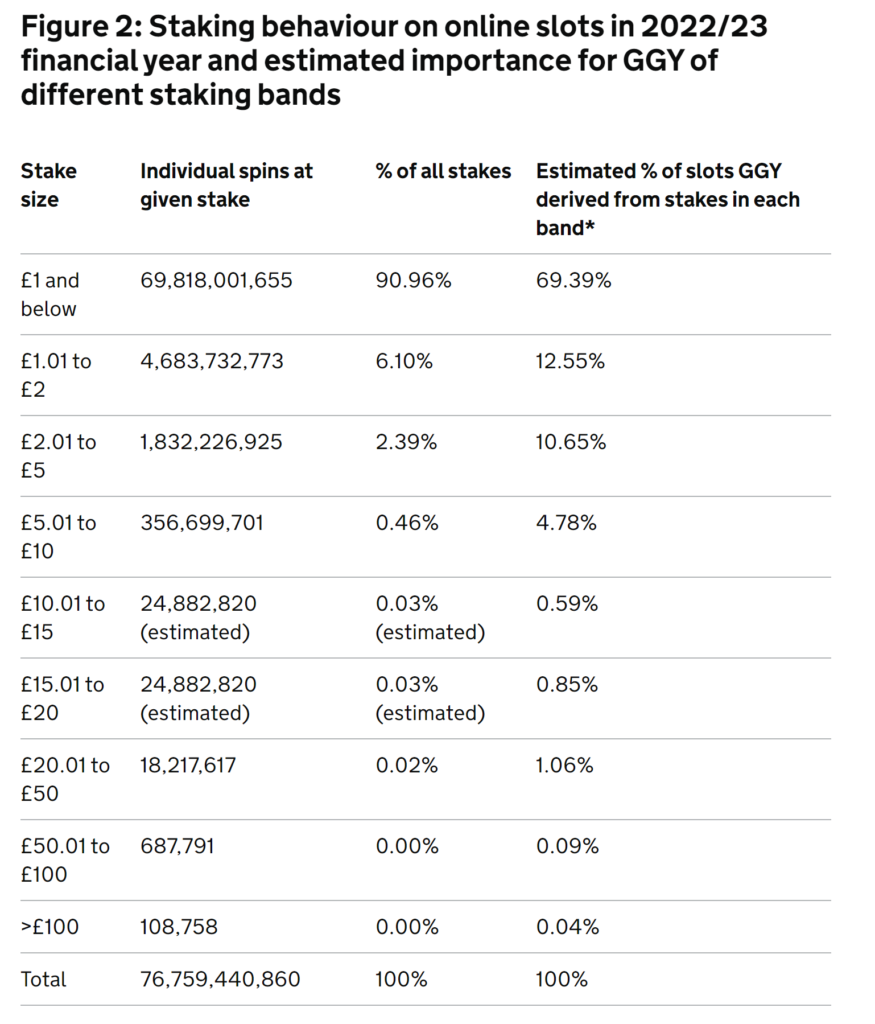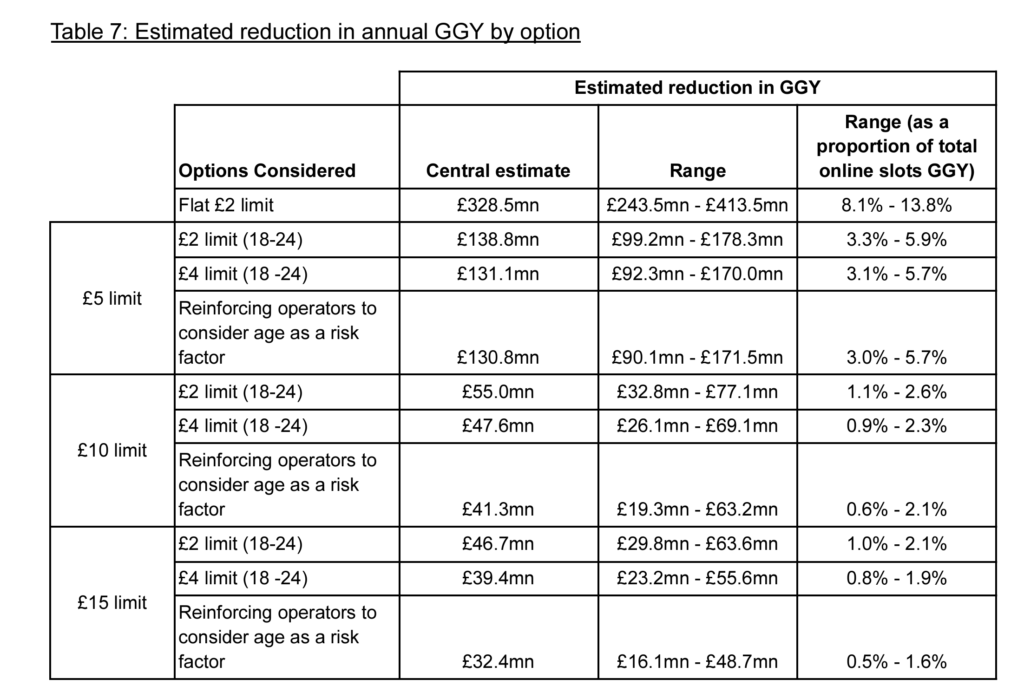White Paper Series: Defining the Future VIXIO Webinar
On 15 September 2023, Bahar Alaeddini appeared as a panellist on a VIXIO Regulatory Intelligence (formerly GamblingCompliance) webinar titled “UK White Paper: Defining the Future” together with Tim Miller from the Gambling Commission, Sarah Fox from the Department for Culture, Media and Sport and Dan Waugh from Regulus Partners. The panellists had an insightful and lively discussion about some of the proposals in the recent wave of consultations and next steps:


